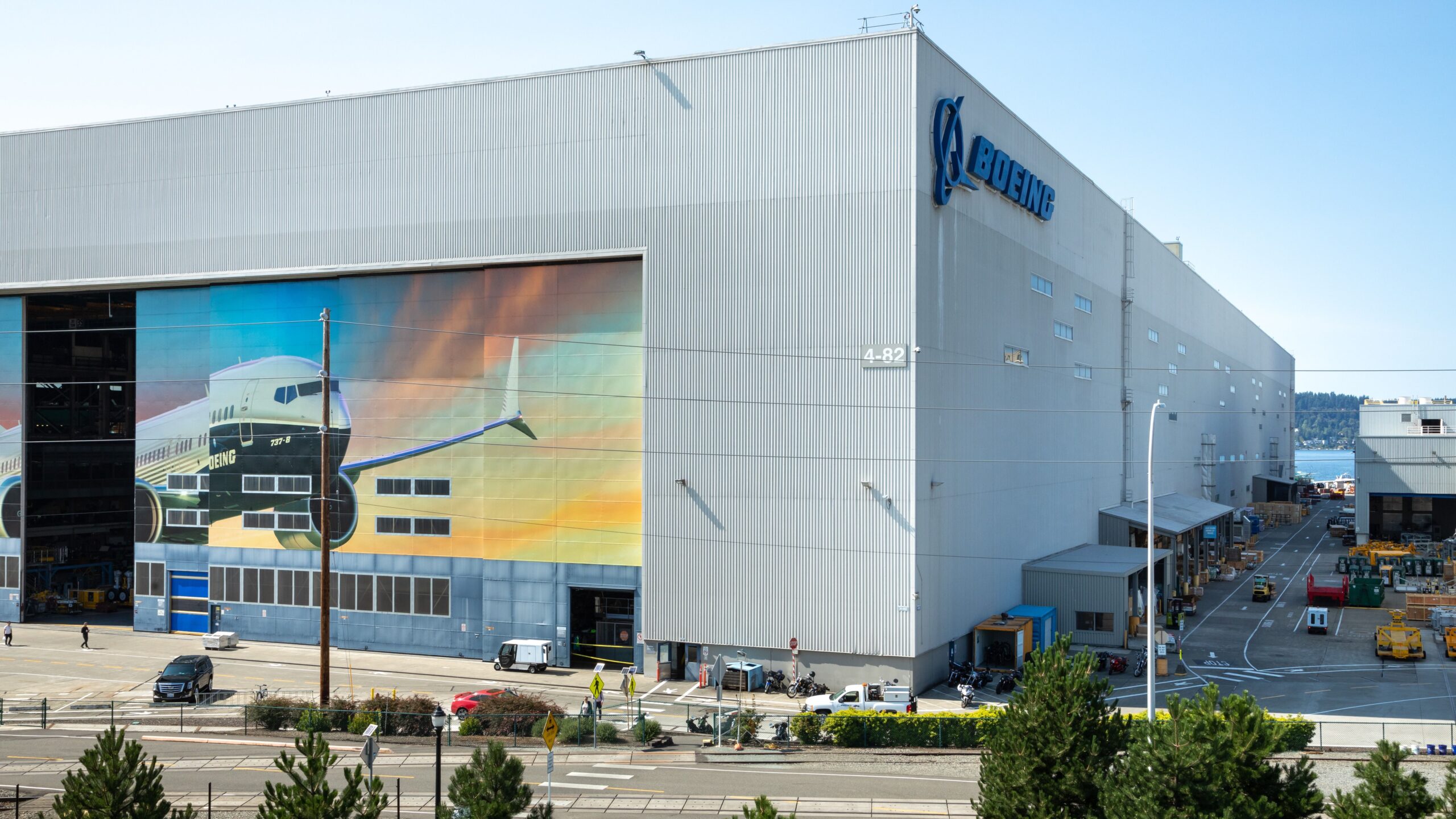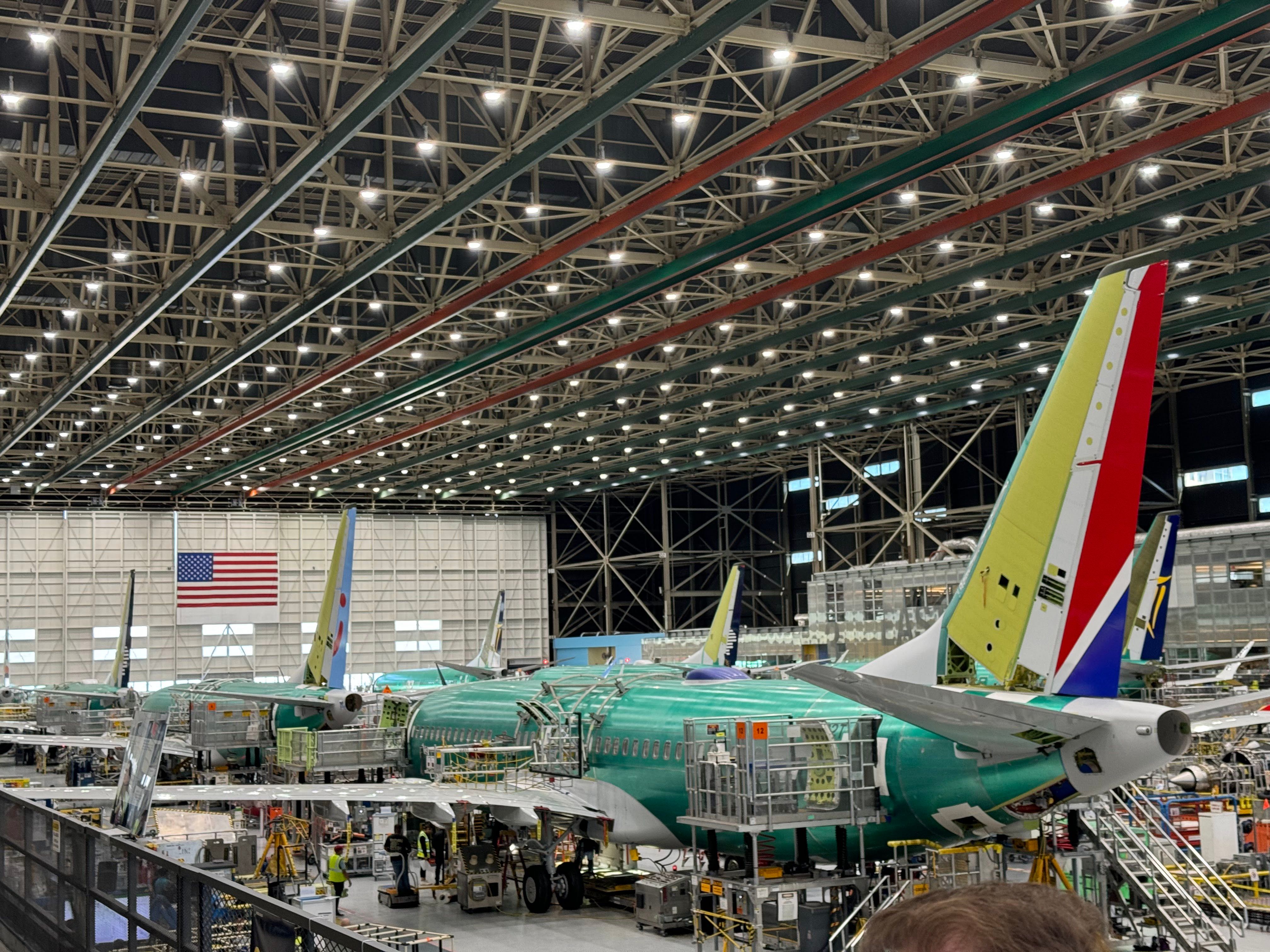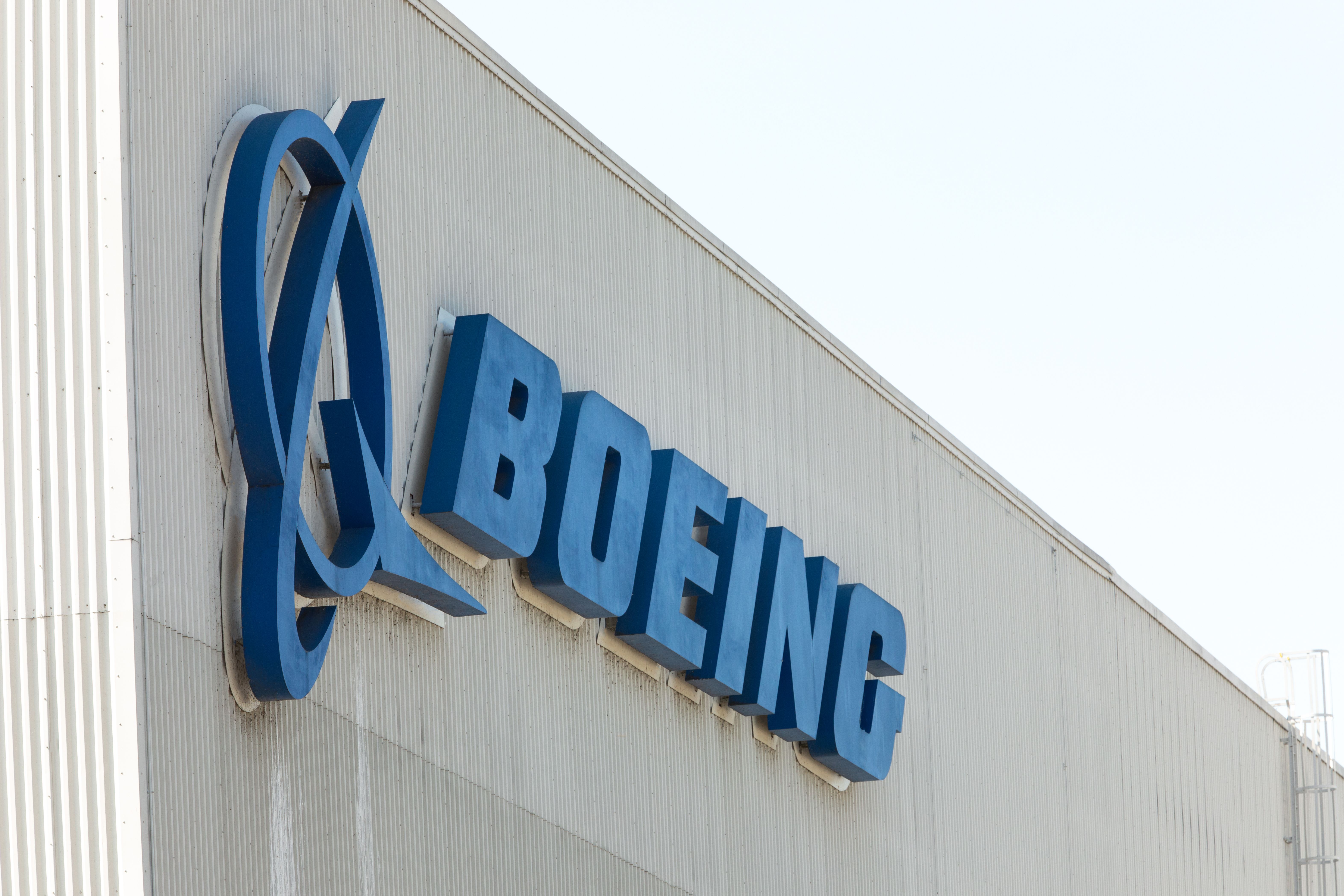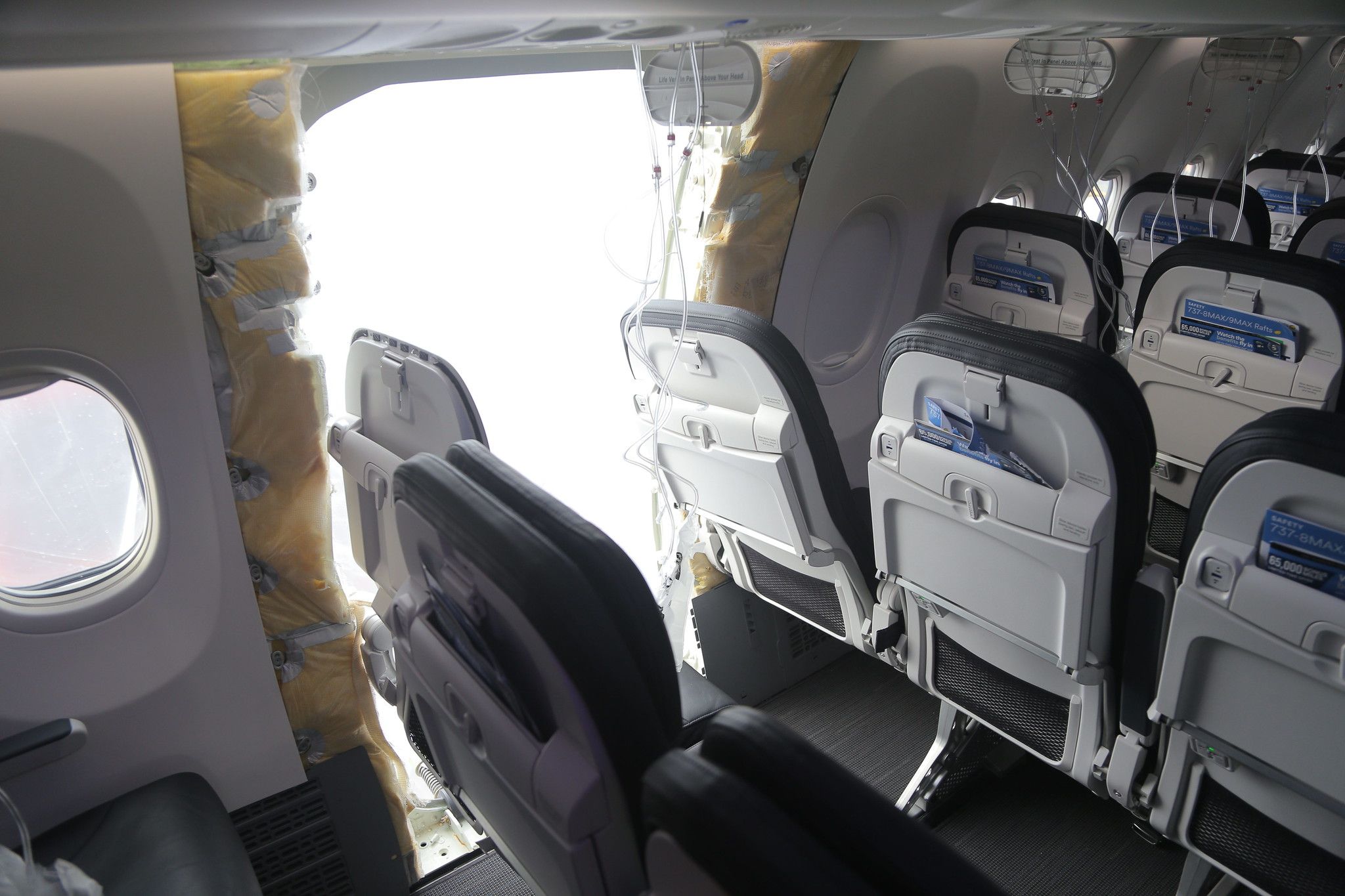![]() Boeing
Boeing
, which has now faced a strike by its mechanics and engineers at its Washington facilities, will continue talking with the union representing its employees, the International Association of Machinists and Aerospace Workers (IAM).
In a strike update on September 17, IAM Union District 751 said that the union had met with Boeing and its representatives together with the Federal Mediation and Conciliation Service (FMCS).
“We will not mince words – after a full day of mediation, we are frustrated. The company was not prepared and was unwilling to address the issues you’ve made clear are essential for ending this strike: Wages and Pension.”
Photo: VDB Photos | Shutterstock
The union’s negotiating committee remarked that the aircraft manufacturer has not taken mediation seriously and following a 96% strike vote, IAM Union District 751 thought Boeing would have finally understood that the union’s employees wanted more from the company.
“Mediation will continue tomorrow as the Union and company meet again with the FMCS.”
An opportunity to recognize Boeing’s workers
The statement continued that the negotiating committee was fighting for what was right and just, something that the union has demanded since it last signed a contract with Boeing 16 years ago.
IAM Union District 751 highlighted that Kelly Ortberg, the president and chief executive officer (CEO) of Boeing, who recently took up the job at the top of the company, did not attend the meeting on September 17.
Photo: Jonathan Hendry | Simple Flying
At the same time, the union quoted Ortberg as saying that the union’s employees should not sacrifice the opportunity to secure Boeing’s future because of frustrations related to the previous contract negotiations and the outcome in 2008.
“Today, we ask Boeing not to miss the opportunity to recognize its workers by presenting a contract that can resolve this labor dispute so we can get back to building and delivering Boeing aircraft.”
When Ortberg was almost a week into his role at Boeing, the CEO released a message to the company’s employees after meeting with the presidents of IAM Union District 751 and IAM District Lodge W24, saying that he told the unions’ presidents that he wanted to reset the relationship between the labor collectives and Boeing.
Striking despite a tentative agreement
IAM Union District 751, IAM Union District Lodge W24, and Boeing had agreed to a tentative contract on September 8.
In a statement issued on that day, Stephanie Pope, the CEO of Boeing Commercial Airplanes (BCA), said the tentative agreement (TA) was reached on a “historic offer that takes care of you and your family.”
“The contract offer provides the largest-ever general wage increase, lower medical cost share to make healthcare more affordable, greater company contributions toward your retirement, and improvements for a better work-life balance.”
However, even if the unions’ negotiating committees had recommended its members to accept the contract, the previous agreement lapsed on September 12, and Boeing’s 33,000 mechanics and engineers went on strike the following day.
In a statement issued on September 12, Boeing admitted that the TA was not acceptable to its members, adding that it has remained committed to resetting its relationship with its employees and will continue negotiating with the unions.
Meanwhile, IAM Union District 751 said that the union was ready for the long haul, alluding to the fact that its members were prepared to strike for a long time in order to achieve the desired TA.
In 2008, Boeing’s employees, including those represented by the IAM, went on a weeks-long strike starting September 6. The machinists and engineers returned to work on November 2.
Conserving cash
The aircraft manufacturer has immediately reacted to the current strike, introducing cash-saving measures in the interim.
Speaking at the Morgan Stanley Laguna Conference on September 13, Brian West, the chief financial officer (CFO) and executive vice president of finance of Boeing, said that the company was initially pleased, but it later became clear that the offer did not meet the mark.
“From a financial perspective, any impact is going to be dictated by the duration of the work stoppage, which I won’t address today.”
Still, West said that Boeing’s immediate focus would be to be “laser-like focused” on actions to conserve cash, promising that this is what the aircraft manufacturer would do, adding that this was a very complex situation.
In a leaked internal memo, which was shared by The Air Current’s Jon Ostrower on X, formerly known as Twitter, West reiterated that Boeing was working in good faith to finalize a new TA that reflected the needs of its employees.
However, the CFO admitted that Boeing was in a difficult period and that the strike has jeopardized its recovery significantly.
Photo: VDB Photos | Shutterstock
As a result, Boeing has to take “necessary actions to preserve cash and safeguard” its future while protecting funding for safety, quality, and direct customer support work.
Some of the company’s cash-conserving actions included a hiring freeze, pausing any pay increases associated with management promotions, stopping non-critical travel, and eliminating first and business class travel. The latter has applied to the company’s executives as well.
Other actions included suspending non-critical capital, outside consultants, charity, marketing, industry events, and team-related event spending.
“In parallel to the steps above, we are planning to make significant reductions in supplier expenditures and will stop issuing the majority of supplier purchase orders on the 737, 767, and 767 programs.”
West added that Boeing was considering temporary furloughs, admitting that while this could create uncertainty, the company will be sharing more details in the coming days.
The strike could not come at a worse time for Boeing, which has been dealing with the fallout of its most recent crisis associated with the
Alaska Airlines flight AS1282 Boeing 737 MAX 9 door plug blowout in January.
Photo: NTSB
In its latest quarterly earnings call on July 31, where the now-former president and CEO, David Calhoun, was present, West said that entering 2025, the company should be in a much better position financially due to the work it has been doing right now.
This included addressing safety and quality concerns raised by airline customers, regulators, and independent auditors, which all have scrutinized Boeing after the Alaska Airlines flight AS1282 incident.





